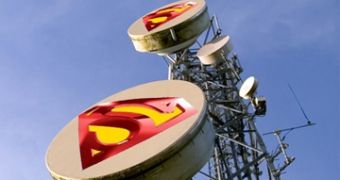NTT DoCoMo has made one step forward to making Super 3G technology available at a large scale. The company has developed and tested a trial large-scale-integration (LSI) chip that meets the demands of mobile phones.
The struggle to bring Super 3G performances to handsets started some time ago and also managed to register great results up to this point. The LSI chip incorporates advanced power-saving signal-processing technologies. This makes it possible for the chip to work at a low power consumption and still be small enough to fit into evolved mobile phones that are being developed at smaller and smaller sizes as days go by.
DoCoMo managed to reach a transmission rate of 200Mbps with high precision over a high-speed wireless network using its LSI technology. The company also used its MIMO (multiple-input multiple-output) signal-processing technology for reaching a power consumption of no more than 0.1W.
Redundant circuits have been eliminated in the experimental chip, as NTT DoCoMo decided to use 65 nanometer processing. The LSI demodulates and separates MIMO-multiplexed OFDM (orthogonal frequency division multiplexing) signals transmitted in the 20MHz bandwidth from four antennas.
Super 3G will be able to provide extremely fast data transfer speeds of up to 100Mbps. That's way beyond what mobile phones are capable of bringing at this time and networks to support. Super 3G is called Long Term Evolution (LTE) in the 3rd Generation Partnership Project (3GPP). This technology is actually just the step below 4G and is supposed to make a slow transition to the extremely high data transfer speeds of the future.
NTT DoCoMo has started testing solutions for reaching Super 3G System performances some time ago and is making great progress. The Japanese company plans on making this technology available as soon as next year, although there are no devices out there capable of supporting it at this time.

 14 DAY TRIAL //
14 DAY TRIAL //